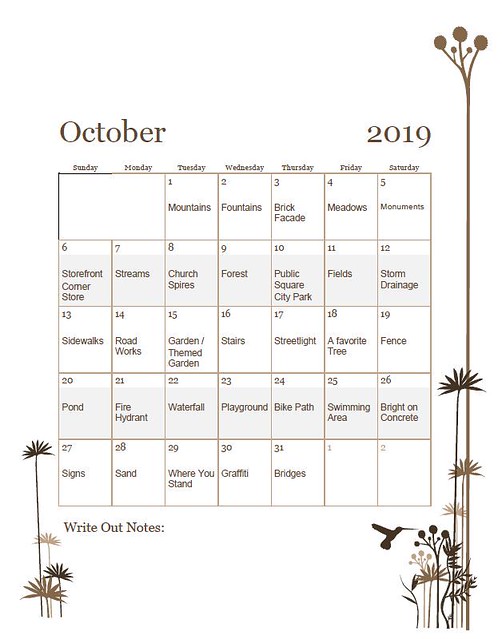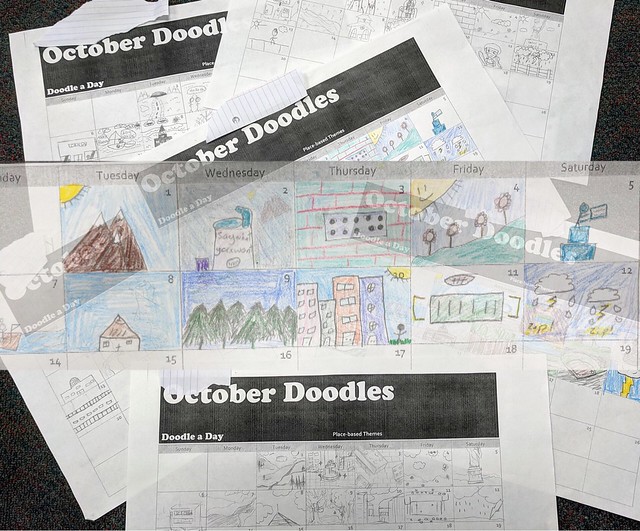
For the past few years, I’ve been involved in a growing partnership between the National Writing Project and the National Park Service (I work closely with the Springfield Armory National Historic Site). One of the regional partnerships in California involves the Tula Lake National Monument, but I didn’t quite realize — until I read George Takei’s graphic memoir, They Called Us Enemy — just how big a role the Tula Lake site in California played in the terrible ordeal of internment of Japanese-American citizens in the aftermath of Pearl Harbor.
It’s not that I haven’t been educated about the historic site from various projects and sharing out by NWP colleagues from the Tula Lake partnership. Their work to surface stories of those who were segregated from society in one of the most awful legislative actions in modern times (and something I know I never learned about in any of my history classes) has been powerful and eye-opening.
(See more about the partnership between Tula Lake and the Bay Area Writing Project)
In fact, the focus on stories dovetails nicely with the upcoming free, connected Write Out project in October, which seeks to connect place to stories, particularly those stories that have been suppressed or hidden by time and historians, or just by our own ignorance or denial. Write Out is hosted by the NWP/NPS partnership.
Takei’s graphic memoir brings all of that past to the present, and the use of the graphic novel format is a powerful narrative tool. Takei, who is best know for his role of Mr. Sulu on the original Star Trek and as an activist on social media, recounts his own childhood experiences of being rounded up, unexpectedly, and sent off to three different internment camps with his family, including the first stop where they lived in a horse barn stall.
The last camp they end up in is Tula Lake, where bitterness and rebellion, and in-fighting among those held captive against their will, is the most tense and violent of the scenes here, particularly as Takei’s father emerges as a leader of groups, seeking calm and peace in order to protect families.
Takei’s father is the real hero here, and Takei’s flashbacks to arguments they had and Takei’s own later understanding of what his father was going through becomes the emotional center of They Called Us Enemy. Stalwart, smart and compassionate, his father is forever trying to keep his family together in hopes that confinement will not last, and that they will be able to rebuild a life after the war is over.
Early scenes on the train where Takei and his family are shipped to the next internment camp linger with me, too — of the armed guards and of the forced closing of shades when the train goes through towns, so that the United States citizens won’t know who is passing through in their midst on the way to confinement camps.
And the book’s storylines such pledges to renounce US citizenship (which would later lead to deportation), of persecution of immigrants seeking and building a new life in America, of government overreach and reaction, of camps where families are held behind barbed wire for unknown periods of time, and more echo with today’s times, too, unfortunately.
Will we never learn?

George Takei visits NWP teachers during a summer institute — from The Current
Peace (in stories),
Kevin





